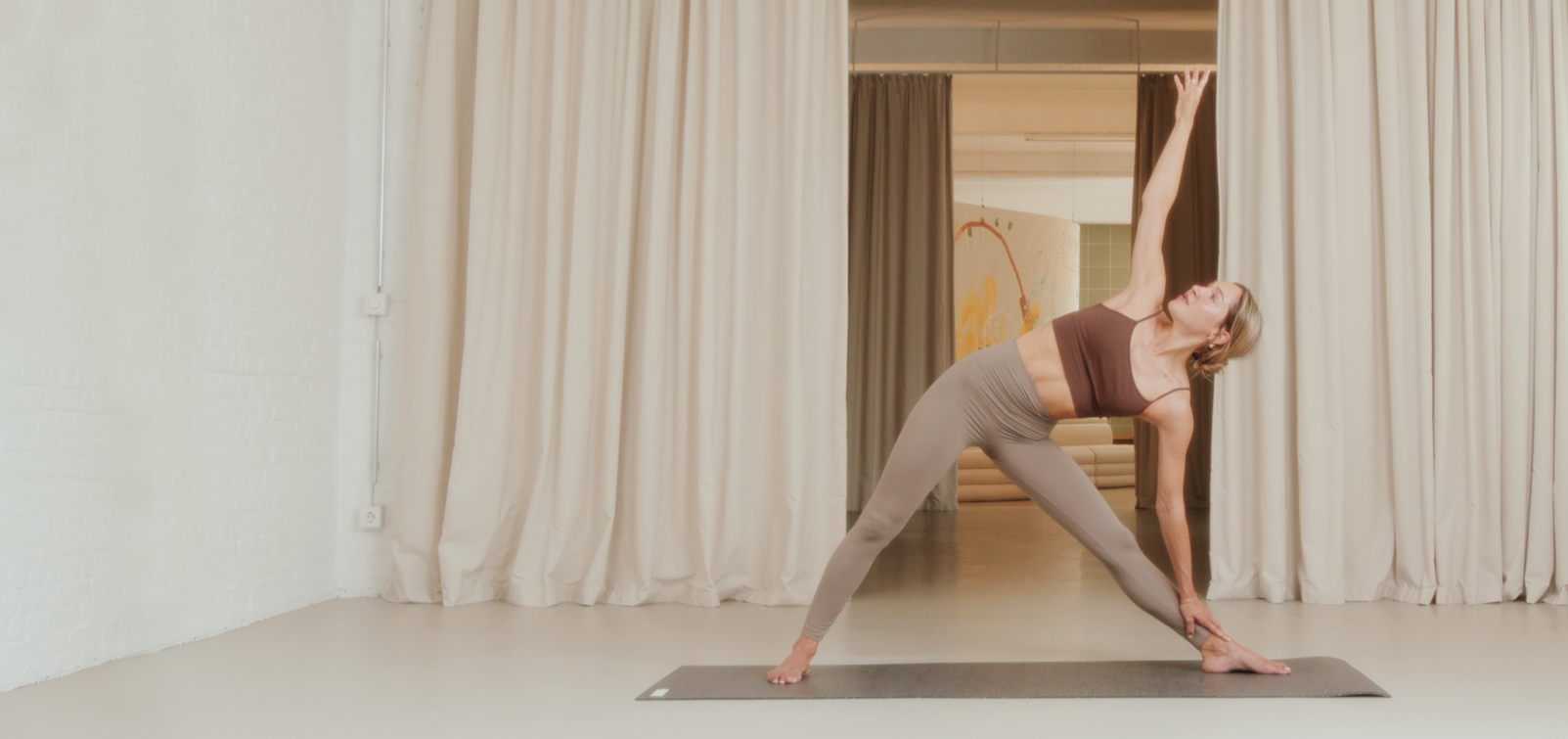Have you ever thought about the connections and similarities between the two sustainability approaches Circular Economy and Zero Waste? What does Zero Waste have to do with our yoga mats?
Making the world more sustainable is most effective when different paths are taken. In other words, different approaches each contribute in their own way to a better and regenerative world. What are the commonalities of the two approaches?
Circular Economy
Let’s start with the definition, in case you’ve never heard of it. A circular economy is a regenerative system in which resource use and waste production, emissions and energy waste are minimised by slowing down, reducing and closing energy and material cycles; this can be achieved through durable construction, maintenance, repair, reuse, remanufacturing, refurbishing and recycling.
Zero Waste
Zero Waste is a philosophy that strives for sustainability. It pursues the goal of producing as little waste as possible and conserving raw materials in leisure, everyday life, trade and production; it is to be achieved in particular through closed cycles, refusal to consume (sufficiency strategy), waste avoidance, repairs, reuse, composting and recycling. Producing with no waste (“zero”) is not yet possible in the economy. That’s why it’s important to keep developing here and to let the amount of waste become less and less. So that we get closer and closer to the ultimate goal of Zero Waste.
Commonalities
As you can see from the definitions, there are many similarities between the two sustainability strategies. The circular economy is therefore a method of producing less to no waste, of living zero waste. Recycling, as we mainly use it for the hejhej-mat, is again a method to achieve these strategies. For us, the circular economy, therefore, holds such great potential for making our economy more sustainable. We go so far as to say that without this strategy, the Zero Waste approach would not stand a chance. Of course, the first priority is the sufficiency strategy, i.e. questioning consumption and only buying what you really need. But when you really need something, you look for the most sustainable option on the market.

Zero Waste development of the hejhej-mat
This is exactly why we developed the hejhej-mat. For us, Anna and Sophie, there was no truly sustainable yoga mat on the market then (or now). We sat down with the Frauenhofer Institute and many yoga teachers and designed a yoga mat that is completely circulation-capable. Zero waste is also an important approach in our yoga mat production. The hejhej-mat is made of foam cuttings. In production, we make sure that as little waste as possible is produced. The cutting scraps that inevitably occur in the final finishing process are returned for recycling. This way, the materials can continue to be used. Today, 6 years later, we are still convinced of our product. We offer you the most sustainable yoga mat on the market!
In times like these
Crises in the economy and the world shift priorities. It is understandable that existence must be secured in the first place. What do you really need? Minimise your consumption and choose your purchases consciously. Look for the most sustainable option on the market and therefore support exactly the idea, the company, the innovation and the people who are worth it to you. For us, especially in times of crisis, it is more important than ever to make decisions consciously.
Our closed-loop yoga mat is just right for you? Do you want to make your everyday life healthier and feel good in your body through yoga? Then make a conscious decision for a sustainable yoga mat now. We have produced them for you with as little waste as possible in the cycle. Each yoga mat gives 1.5kg of waste a new life. Join our closed-loop yoga movement.






